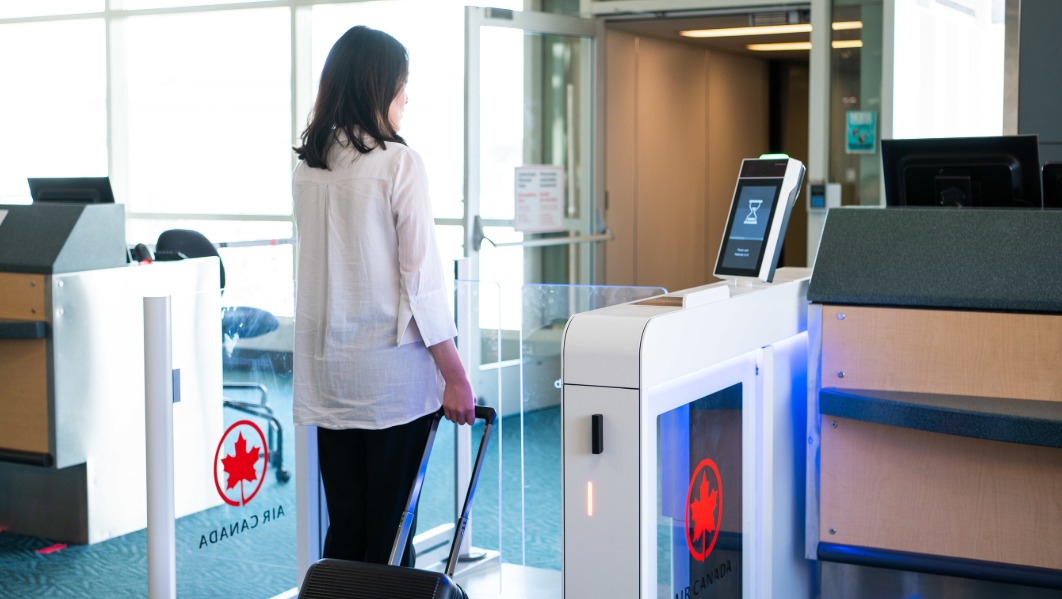IATA Expects A Return To Profit In 2023

IATA says that it is expecting the global airline industry to return to profitability in 2023 as airlines continue to cut losses stemming from the effects of the COVID-19 pandemic to their business in 2022.
The global airline industry notes that:
- In 2023, airlines are expected to post a small net profit of $4.7 billion — a 0.6% net profit margin. It is the first profit since 2019 when industry net profits were $26.4 billion (3.1% net profit margin).
- In 2022, airline net losses are expected to be $6.9 billion (an improvement on the $9.7 billion loss for 2022 in IATA’s June outlook). This is significantly better than losses of $42.0 billion and $137.7 billion that were realized in 2021 and 2020 respectively.
Willie Walsh, Director General of IATA, said: “Resilience has been the hallmark for airlines in the COVID-19 crisis. As we look to 2023, the financial recovery will take shape with a first industry profit since 2019. That is a great achievement considering the scale of the financial and economic damage caused by government imposed pandemic restrictions. But a $4.7 billion profit on industry revenues of $779 billion also illustrates that there is much more ground to cover to put the global industry on a solid financial footing.”
Walsh continued: “Many airlines are sufficiently profitable to attract the capital needed to drive the industry forward as it decarbonizes. But many others are struggling for a variety of reasons. These include onerous regulation, high costs, inconsistent government policies, inefficient infrastructure and a value chain where the rewards of connecting the world are not equitably distributed.”
IATA said that improved prospects for 2022 stem largely from strengthened yields and strong cost control in the face of rising fuel prices.
Passenger yields are expected to grow by 8.4% (up from the 5.6% anticipated in June). Propelled by that strength, passenger revenues are expected to grow to $438 billion (up from $239 billion in 2021).
Air cargo revenues played a key role in cutting losses with revenues expected to reach $201.4 billion. That is an improvement compared with the June forecast, largely unchanged from 2021, and more than double the $100.8 billion earned in 2019.
Overall revenues are expected to grow by 43.6% compared to 2021, reaching an estimated $727 billion.
IATA’s Director General pointed out that: “That airlines were able to cut their losses in 2022, in the face of rising costs, labor shortages, strikes, operational disruptions in many key hubs and growing economic uncertainty speaks volumes about peoples’ desire and need for connectivity. With some key markets like China retaining restrictions longer than anticipated, passenger numbers fell somewhat short of expectation. We’ll end the year at about 70% of 2019 passenger volumes. But with yield improvement in both cargo and passenger businesses, airlines will reach the cusp of profitability.”
As for 2023 the airline industry is expected to tip into profitability. Airlines are anticipated to earn a global net profit of $4.7 billion on revenues of $779 billion (0.6% net margin). This expected improvement comes despite growing economic uncertainties as global GDP growth slows to 1.3% (from 2.9% in 2022).
Said Walsh: “Despite the economic uncertainties, there are plenty of reasons to be optimistic about 2023. Lower oil price inflation and continuing pent-up demand should help to keep costs in check as the strong growth trend continues. At the same time, with such thin margins, even an insignificant shift in any one of these variables has the potential to shift the balance into negative territory. Vigilance and flexibility will be key.”
However, Walsh made it clear that: “The expected profits for 2023 are razor thin. But it is incredibly significant that we have turned the corner to profitability. The challenges that airlines will face in 2023, while complex, will fall into our areas of experience. The industry has built a great capability to adjust to fluctuations in the economy, major cost items like fuel prices, and passenger preference. We see this demonstrated in the decade of strengthening profitability following the 2008 Global Financial Crisis and ending with the pandemic. And encouragingly, there are plenty of jobs and the majority of people are confident to travel even with an uncertain economic outlook.”


